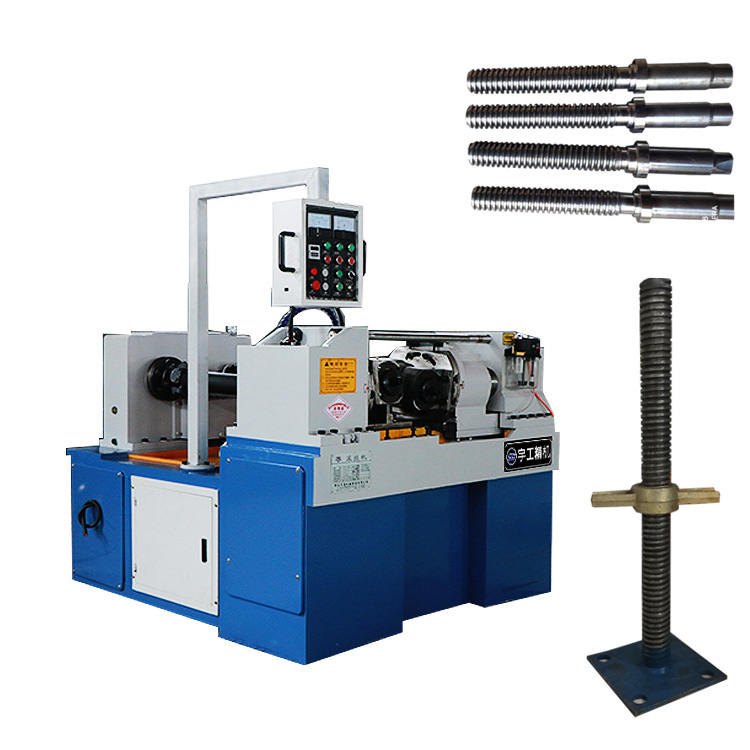
-
 Afrikaans
Afrikaans -
 Albanian
Albanian -
 Amharic
Amharic -
 Arabic
Arabic -
 Armenian
Armenian -
 Azerbaijani
Azerbaijani -
 Basque
Basque -
 Belarusian
Belarusian -
 Bengali
Bengali -
 Bosnian
Bosnian -
 Bulgarian
Bulgarian -
 Catalan
Catalan -
 Cebuano
Cebuano -
 Corsican
Corsican -
 Croatian
Croatian -
 Czech
Czech -
 Danish
Danish -
 Dutch
Dutch -
 English
English -
 Esperanto
Esperanto -
 Estonian
Estonian -
 Finnish
Finnish -
 French
French -
 Frisian
Frisian -
 Galician
Galician -
 Georgian
Georgian -
 German
German -
 Greek
Greek -
 Gujarati
Gujarati -
 Haitian Creole
Haitian Creole -
 hausa
hausa -
 hawaiian
hawaiian -
 Hebrew
Hebrew -
 Hindi
Hindi -
 Miao
Miao -
 Hungarian
Hungarian -
 Icelandic
Icelandic -
 igbo
igbo -
 Indonesian
Indonesian -
 irish
irish -
 Italian
Italian -
 Japanese
Japanese -
 Javanese
Javanese -
 Kannada
Kannada -
 kazakh
kazakh -
 Khmer
Khmer -
 Rwandese
Rwandese -
 Korean
Korean -
 Kurdish
Kurdish -
 Kyrgyz
Kyrgyz -
 Lao
Lao -
 Latin
Latin -
 Latvian
Latvian -
 Lithuanian
Lithuanian -
 Luxembourgish
Luxembourgish -
 Macedonian
Macedonian -
 Malgashi
Malgashi -
 Malay
Malay -
 Malayalam
Malayalam -
 Maltese
Maltese -
 Maori
Maori -
 Marathi
Marathi -
 Mongolian
Mongolian -
 Myanmar
Myanmar -
 Nepali
Nepali -
 Norwegian
Norwegian -
 Norwegian
Norwegian -
 Occitan
Occitan -
 Pashto
Pashto -
 Persian
Persian -
 Polish
Polish -
 Portuguese
Portuguese -
 Punjabi
Punjabi -
 Romanian
Romanian -
 Russian
Russian -
 Samoan
Samoan -
 Scottish Gaelic
Scottish Gaelic -
 Serbian
Serbian -
 Sesotho
Sesotho -
 Shona
Shona -
 Sindhi
Sindhi -
 Sinhala
Sinhala -
 Slovak
Slovak -
 Slovenian
Slovenian -
 Somali
Somali -
 Spanish
Spanish -
 Sundanese
Sundanese -
 Swahili
Swahili -
 Swedish
Swedish -
 Tagalog
Tagalog -
 Tajik
Tajik -
 Tamil
Tamil -
 Tatar
Tatar -
 Telugu
Telugu -
 Thai
Thai -
 Turkish
Turkish -
 Turkmen
Turkmen -
 Ukrainian
Ukrainian -
 Urdu
Urdu -
 Uighur
Uighur -
 Uzbek
Uzbek -
 Vietnamese
Vietnamese -
 Welsh
Welsh -
 Bantu
Bantu -
 Yiddish
Yiddish -
 Yoruba
Yoruba -
 Zulu
Zulu
flat die thread rolling machine
Understanding Flat Die Thread Rolling Machines
Flat die thread rolling machines are specialized pieces of equipment designed for the precise and efficient fabrication of threaded components. These machines play a crucial role in various industries, including automotive, aerospace, and manufacturing, where threaded fasteners are integral to assembling parts securely. This article delves into the functioning, advantages, and applications of flat die thread rolling machines.
How Flat Die Thread Rolling Machines Work
Flat die thread rolling involves a process where a blank or an unthreaded workpiece is progressively shaped into a threaded component by applying pressure between two flat dies. As the workpiece is moved through the dies, the material is displaced rather than removed, leading to the formation of threads. This method capitalizes on the high strength and fatigue resistance of the rolled threads, making it an excellent choice for producing high-performance components.
The operation begins with feeding the material into the machine, which is often automated for increased efficiency. The flat dies—specifically designed with the desired thread profile—apply force to the material, rolling it into the desired thread form. The results can be highly consistent, with precision tolerances that are often better than those achievable through traditional cutting methods such as tapping or machining.
Advantages of Flat Die Thread Rolling Machines
One of the most significant advantages of flat die thread rolling machines is their ability to produce high volumes of threaded components quickly and efficiently. Since the process does not involve cutting material away but rather displacing it, the overall material utilization is higher, which leads to reduced wastage. Additionally, the resulting threads exhibit superior mechanical properties, including enhanced strength and durability, which is particularly important in critical applications.
flat die thread rolling machine

Moreover, the flat die thread rolling process is versatile, allowing for the creation of various thread forms and profiles. This adaptability makes it suitable for different applications, from fine screws to large bolts. With the use of advanced technology, modern machines can be easily programmed and adjusted to accommodate various thread specifications, further enhancing their utility in production environments.
Applications of Flat Die Thread Rolling Machines
Flat die thread rolling machines are used in a diverse range of applications. In the automotive industry, they are instrumental in producing components such as wheel studs, bolts, and fasteners used in engines and chassis. The ability to withstand high levels of stress and wear makes threaded components produced through this method ideal for critical automotive applications.
The aerospace sector also heavily relies on flat die thread rolling technology. Components such as airframe fasteners and landing gear assemblies must meet stringent safety and performance standards. The rolled threads ensure that these fasteners exhibit great strength and reliability, crucial for the safety of flight operations.
Moreover, these machines find applications in manufacturing industries requiring precision and high strength for components such as valves, pumps, and machinery parts. The ability to scale production without sacrificing quality makes flat die thread rolling machines an essential tool in modern manufacturing.
Conclusion
In summary, flat die thread rolling machines are a cornerstone of threaded component manufacturing, offering numerous advantages such as efficiency, high precision, and superior material properties. Their application across various industries underscores their importance in producing reliable and robust threaded parts that meet the demands of modern engineering. As technology continues to advance, these machines will likely evolve, enabling even greater customization and efficiency in the production of threaded components.
